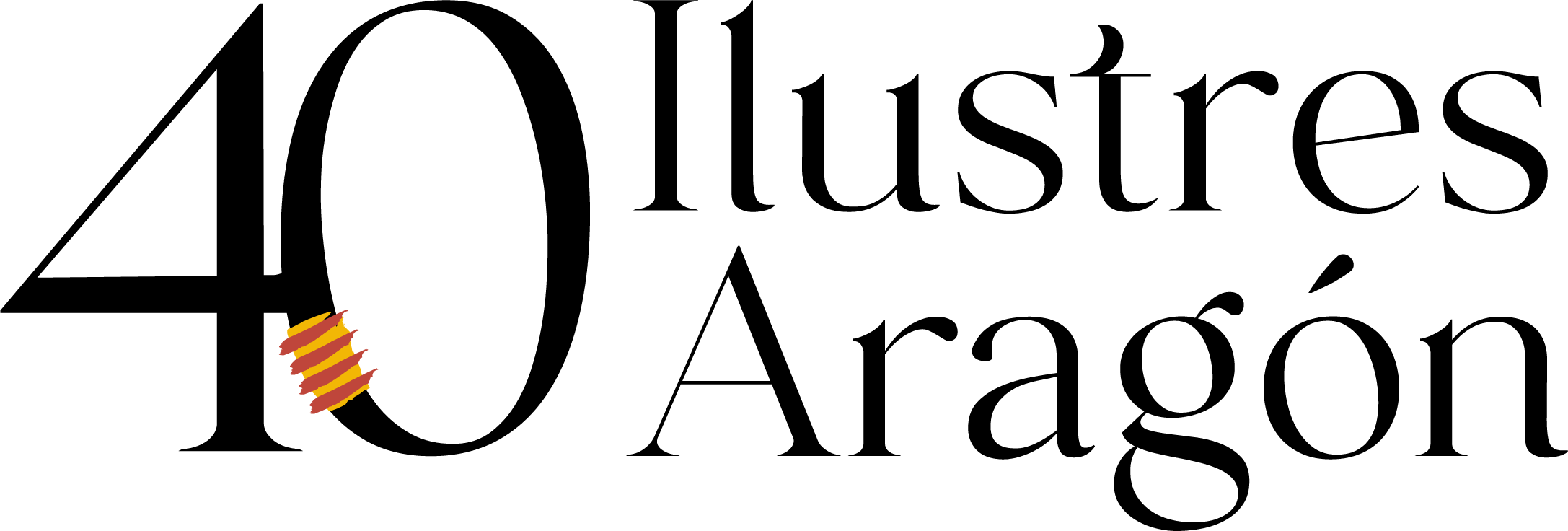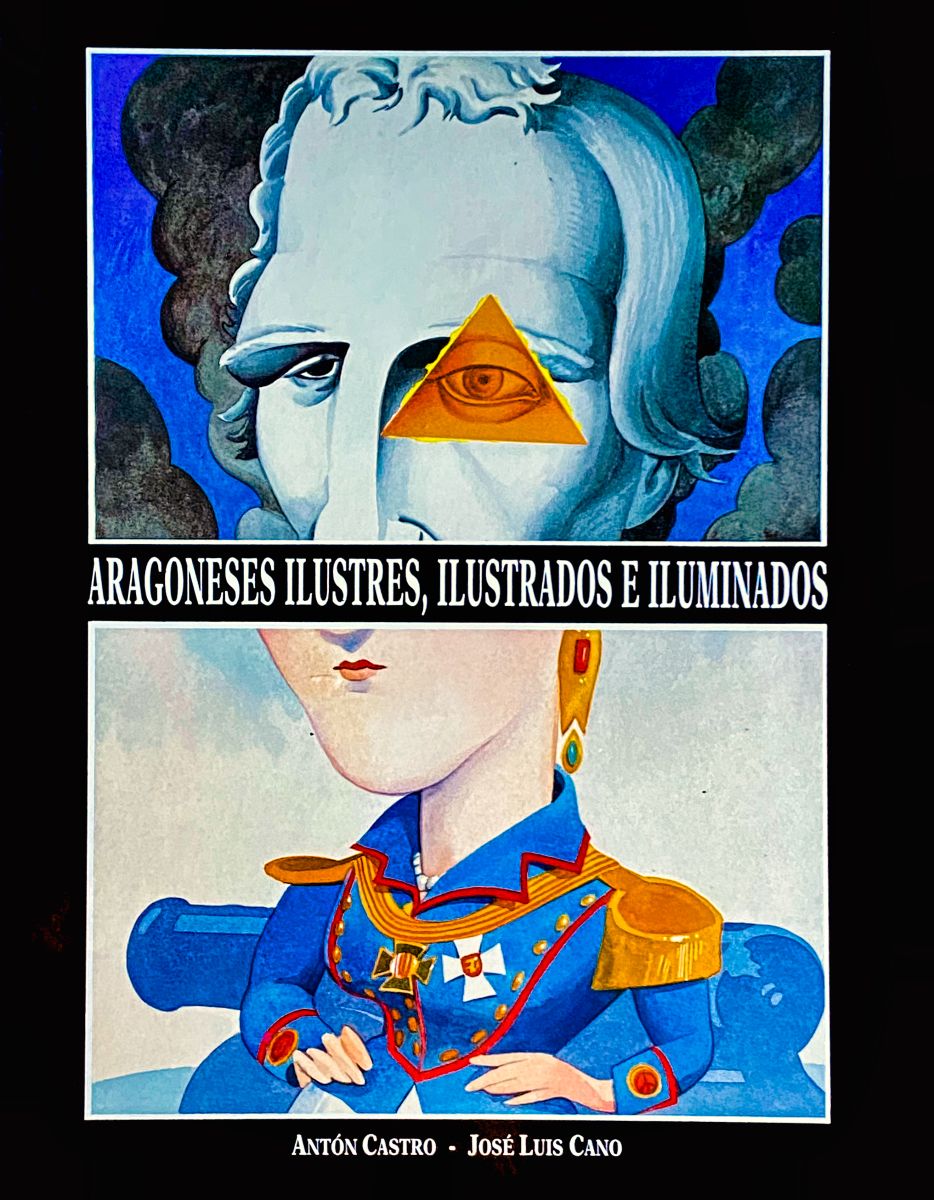Félix de Azara
Darwin before Darwin
Barbuñales (Huesca), 1742 – 1821
Charles Darwin’s theories on the evolution of species disrupted Western thought, which until then had relied on the Bible, revealed by God, as a sure source of knowledge. The English naturalist based his thesis on detailed observation of animals and plants during the intercontinental expeditions in which he took part. It is more than likely that he had at hand, as essential support, the books of an Aragonese who preceded him in his research, Félix de Azara, whom he quoted in his works on several occasions and always with respect.
Félix de Azara was born in a small village in Huesca, Barbuñales, as the sixth son of a member of the rural nobility, Baron de Pertusa. His brothers included prominent ecclesiastics and jurists, and one of them, José Nicolás, a personal friend of popes, emperors, kings and Napoleon himself, was to become one of the most important diplomats and men of culture in Europe.
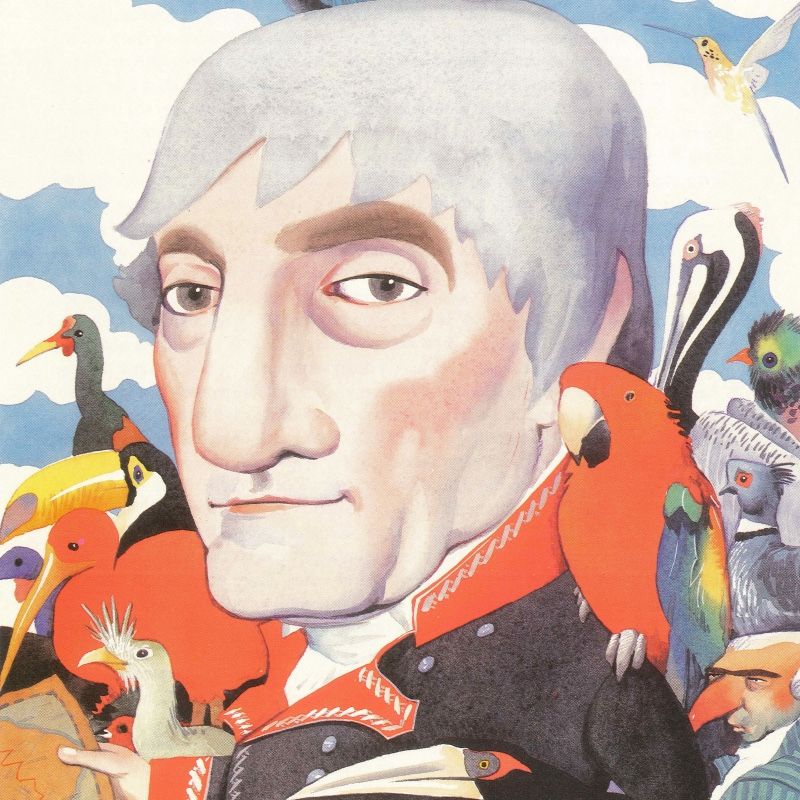
Life
Félix began his higher studies in philosophy and law in Huesca, under the guidance of his uncle Canon Mamés de Azara, although he abandoned them against his father’s wishes to obtain a degree in military engineering in Barcelona, a body at that time at the forefront of the Spanish scientific avant-garde. On leaving the academy, he designed fortifications and the regulation of several river basins before embarking on the naval expedition which, in July 1775, set out to conquer Algiers, a hotbed of piracy in the Mediterranean. The assault was a resounding failure and Azara was seriously wounded. It was only thanks to the support of the Conde de Fuentes that he was able to recover and continue his career in the army.
In 1781, already a lieutenant colonel, Carlos III put him in charge of a team of topographers, geographers and engineers who, in collaboration with a similar group sent by Portugal, were to draw a stable border between the two countries’ domains in South America around the River Plate. For centuries, the Portuguese had taken advantage of the unexplored and rugged territory to disregard signed treaties and extend their possessions, usually with the effective cooperation of Spanish governors and landowners, who benefited financially.
Work
He set up his headquarters in the Paraguayan city of Asunción and, while waiting for the Portuguese expedition to arrive, he decided to move the task forward and began to explore the territory and draw up maps. At first he did this under the command of his subordinates, but later he continued on his own, as they gradually abandoned him when the Portuguese excuses and postponements followed one after the other and his tardiness continued to increase. In fact, the Portuguese never intended to send anyone, for that would have slowed their advance and revealed their failure to comply with international law.
Félix de Azara, faithful to the orders he had received, waited for them for years and years. That waiting was not, however, unproductive. He did not remain hand over fist, as he could have done. With incredible tenacity, he drew up maps of towns and villages, drew up lists of localities, wrote reports… and all of this against the fierce opposition of the authorities, landowners, slave owners and a cumbersome and corrupt bureaucracy who saw their interests threatened.
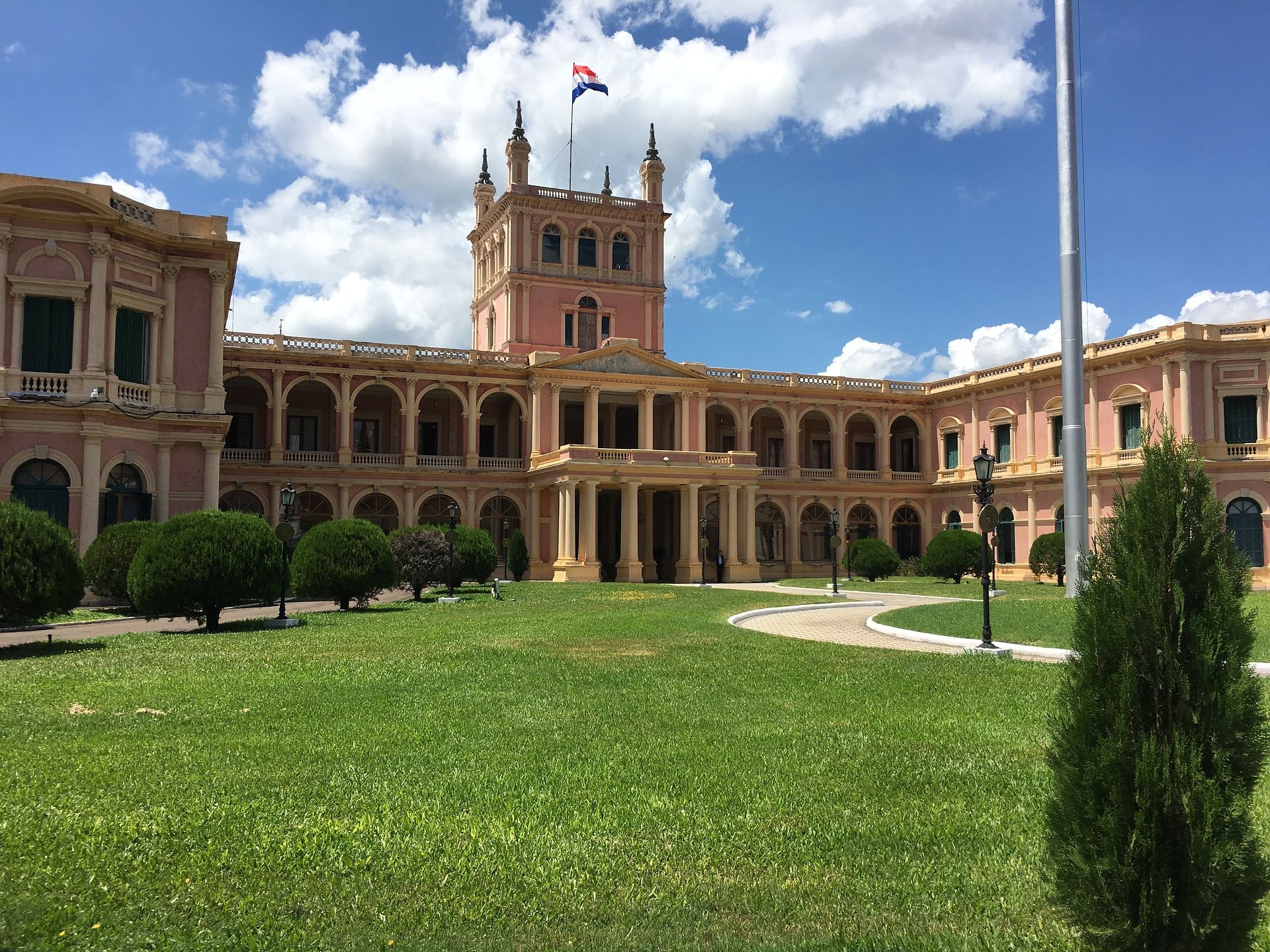
Modern anthropologist
In the fulfilment of his duty, he went into regions never trodden by the white man. In his notes, like a modern anthropologist, he described the customs and habits of countless indigenous communities, without making moral or value judgements. He compiled the phonetic characteristics of the indigenous speeches. And he promoted the founding of new settlements on the border with Brazil, with the help, among others, of José Gervasio Artigas, a descendant of an emigrant from La Puebla de Albortón, who years later would captain the independence of Uruguay.
At the same time, and for this reason he is better known today, he studied the local flora and fauna, particularly birds and mammals. He collected fossils and animals, both dead and alive (preserved in alcohol or stuffed). Following his direct observation, he took notes and made drawings. He had no specific training in the subject and was unfamiliar with specialised publications. Nevertheless, he devised a classification system for birds according to their beaks, legs and wings. In his records he described 448 species, half of which were unknown. Azara admitted divine creation, but he verified the adaptation of species to the environment in search of survival. He did not systematise or substantiate an evolutionary theory, but provided examples that contradicted the official theories.
In 1801, twenty years after his arrival in America, he returned to Europe and shortly afterwards travelled to Paris, under the protection of his brother José Nicolás, ambassador to France. There he was introduced to scientific circles, which welcomed him with admiration, and he published two works, one on birds and the other on quadrupeds, which aroused great controversy, as both the Church and the Conde de Buffon, the leading naturalist of the time, rejected some of his assertions. Even so, his publications had an international impact. They were translated into several languages and are now considered a clear precedent for the principles that Darwin would uphold decades later. As a tribute to his great work, the scientific names of several animal species include the term azarae, a mountain range on the moon is called Dorsal Azarae and an Argentinian town, Azara, bears his surname.
Referencias
- ª Dolores Albiac (2000): Félix de Azara. Zaragoza: CAI.
- Antón Castro (1993): “Félix de Azara en las selvas del Yacaré”, en Aragoneses ilustres, ilustrados e iluminados (126-131). Zaragoza: Gobierno de Aragón.
- Augusto Ocampos (1999): La conquista científica de Azara en el Paraguay: su fascinación y respeto hacia la naturaleza. Huesca: IEA.
- Diccionario Biográfico Español, Real Academia de Historia: https://dbe.rah.es/biografias/7255/felix-de-azara-y-perera
- His main biographer was Julio Rafael Contreras Roqué (1933-2017), an Argentinian scientist who published several volumes dedicated to Aragonese, which can be downloaded on the internet.
Teaching activities
Enlightened education
Geographer, ethnographer, naturalist, botanist, diplomat… Although settled in a small Aragonese village, his family belonged to the rural nobility and this high social position allowed Félix de Azara and all his brothers to receive a careful education and achieve relevant positions: a cardinal, a bishop, a dean, two military men, a jurist and a renowned diplomat.
Félix studied Philosophy, Arts and Law at the University of Huesca. However, as these disciplines were mainly theoretical and unsuitable for transferring them to real life and increasing the prosperity of the people, he decided to broaden his education in the army, which at that time offered a more scientific and practical type of training, close to the postulates of the Enlightenment.
With the arrival of the House of Bourbon, the army was reorganised by reorganising the units and the military hierarchy, its administration and territorial distribution. In order to become an officer in the armed forces, the rank of “cadet” was created, reserved for the sons of officers or sons of noble families. This made it possible to have a well-trained officer corps thanks to an innovative curriculum that included scientific disciplines: mathematics, physics, chemistry, etc.
In the first half of the 18th century, the Jesuits controlled secondary education in Spain and the University still offered studies of medieval origin.
Look up information about the University of Huesca and answer the following questions:
Who founded the University of Huesca and in what year?
-
- Pedro IV, in 1354
- Fernando el Católico, in 1507
- Miguel Servet, in 1545
Which was the first University of Aragon?
-
- Saragossa
- Alcañiz
- Huesca
What disciplines could be studied at the University in the 18th century?
-
- Theology, Philosophy, Law and Medicine
- History, Law, Astronomy and Mathematics
- Chemistry, History, Medicine and Physics
Solution: 1, 2, 1
Comment on what you think were the reasons why Félix Azara preferred military education.
Complete the sentences on the left with those on the right to find out the main characteristics of the Enlightenment.
| 1 | Reason is seen as the only means | a | source of truth and goodness. |
| 2 | The Enlightenment advocates that progress | b | and politics and rulers must procure happiness for their people. |
| 3 | Advocate for education as a necessary vehicle | c | must be based on science and technology. |
| 4 | Happiness is the true goal of the human being | d | to attain knowledge and truth. |
| 5 | Nature is considered as | e | to disseminate knowledge and advance a country. |
Solution: 1-d / 2-c / 3-e / 4-b / 5-a
Expedition to America
Félix de Azara was sent at the head of the Spanish expedition that was to fix the boundaries between the possessions of Spain and Portugal in an area where there were disputes, according to the Treaty of San Ildefonso signed in 1777.
He left for South America in 1781 for a mission lasting a few months, but remained in Paraguay and the Rio de la Plata region for 20 years.
During his stay in the Americas, he participated in the establishment of a stable frontier between the southern part of Portugal’s dominions and those of Spain. In order to draw reliable maps, he went alone into unexplored regions. In his reports, he described the customs and habits of the Indians he encountered along the way, as well as the characteristics of their languages.
Despite his lack of scientific training, he took advantage of this prolonged stay to study the fauna and flora of the area.

On this map of South America, place the names of the countries.
Point out which present-day countries belonged to the kingdom of Portugal and which to the kingdom of Spain in the 18th century.
Do you know to which present-day countries the lands that Félix de Azara travelled through belonged?
What languages are spoken in those countries today?
Find and roughly trace the border that the expedition led by Azara had to demarcate.
The Treaty of San Ildefonso was signed in 1777 “with the sincere desire to extinguish the disagreements which have existed between the crowns of Spain and Portugal and their respective vassals for almost the space of three centuries over the limits of their dominions in America and Asia”. The main terms of the treaty were as follows:
-
- There would be peace between the two countries.
- Ratification of the treaties of Lisbon (1668), Utrecht (1715) and Paris (1763).
- Release of prisoners on both sides. Mutual restitution of naval dams made since 1763.
- The frontier between the two countries was delimited by a line drawn along the course of the following rivers: Chuy stream, Merín lagoon, Piratiní river, the headwaters of the Negro river, Pepirí Guazú river to its headwaters and from there to the headwaters of the San Antonio river, Iguazú river, Paraná river and the Igurey river upstream to its source. From there to the headwaters of the Corrientes River and following the course of the latter along the Paraguay River to the mouth of the Yaurú River. From there in a straight line westward to the Guaporé River, down the Madeira River; from the point equidistant between the mouth of the Mamoré at the Madeira and the Amazon River the border would go in a straight line eastward to the Yabarí River; down the Amazon to the Yapurá, Negro and Orinoco Rivers to its mouth on the Atlantic Ocean. In the mountainous areas the border was fixed at the highest points of the mountain ranges separating the headwaters of the rivers. Colonia del Sacramento and San Gabriel Island were definitively in Spanish hands.
- Navigation on the above-mentioned rivers in the sections where they formed a frontier would be free for both countries.
Formation of a joint commission to establish the boundaries on the ground. - Spain would evacuate the island of Santa Catalina; Portugal would deny entry into this port to non-Spanish or non-Portuguese ships.
- Denial of the ports of both signatory countries to vessels of enemy countries of either of them and to any vessel of any flag carrying contraband.
- Cession to Spain of the territories of Equatorial Guinea and the islands of Annobón and Fernando Poo, on the West African coast.
- Renunciation by both parties of the rights over the territories of the other signatory party established by this agreement. Renunciation by Portugal of possible rights over the Philippine and Mariana Islands.
Do some research and list some of the treaties that Spain and Portugal have signed throughout history for the distribution of colonial territories in America, Africa and Asia.
One of the clauses of the Treaty of San Ildefonso established a land exchange. The Spanish ceded to Portugal the island of Santa Catalina, in southern Brazil, and in exchange, Portugal ceded to Spain the Colonia de Sacramento, in Uruguay, and its possessions in Equatorial Guinea.
What was the main activity that the Portuguese carried out in Guinea? Search on wikipedia for the word Equatorial Guinea, which will give you the answer.
What do you know about Emilio Bonelli, one of the Spanish explorers who travelled through Guinea in the 19th century? Search for information about him on the internet.
Until when did Equatorial Guinea belong to Spain?
Jesuits in Paraguay
As mentioned above, in the mid-18th century the Jesuits controlled secondary and higher education in Spain and opposed the reforms that the enlightened ministers of King Carlos III wanted to push through. This was one of the reasons, but not the only one, why they were expelled from the country in 1767.
Was this only in Spain or did it happen elsewhere? Look for information on the internet.
The expulsion of the Jesuits, however, had very negative repercussions in Spanish America, especially in the area that today corresponds to Paraguay, where they settled to Christianise the indigenous people. There they founded missions or reductions that respected many of their ways of life, improved the economy and prevented the Indians from being exploited or enslaved. When the Jesuits were expelled, all these communities declined.
Search wikipedia for the term Jesuit Guarani Missions and point out their process of growth and crisis.
Have you seen the film The Mission? It will help you to understand the whole process and the importance it had for a large territory that Azara will travel through shortly after the events narrated in it.
1986 British film directed by Roland Joffé and starring Robert De Niro, Jeremy Irons, Ray McAnally and Aidan Quinn in the main roles.
The film is set against the backdrop of the Treaty of Madrid (1750), signed between Spain and Portugal. This agreement momentarily settled the dispute over the Colonia del Sacramento, at the mouth of the Río de la Plata. It also served to unite two European absolute monarchies in their struggle against the power of the Church, at that time exercised by the Society of Jesus, the Jesuits. The Jesuits wielded great influence in the educational, political and economic spheres. At the time, European Catholic kings regarded the pope as a monarch as well as a religious leader, so the Jesuits were seen as the representatives of a foreign state within their dominions.
Azara and Goya
Azara naturalist
As mentioned above, Azara was called to form part of the commission charged with precisely delimiting the borders set by Spain and Portugal in the Treaty of San Ildefonso in 1777.
According to his own words, he initially went to Asunción (the present-day capital of Paraguay) to make the necessary preparations and await the Portuguese expedition. Given the tardiness of the Portuguese commissioner (who never arrived), Azara decided to set out on his own and map the region.
In 1784 he wrote:
…I had a well-founded suspicion that the Portuguese would take a long time to arrive, and that consequently my delay in Paraguay would be protracted. No instructions had been given me for this case, and I was obliged to meditate on the choice of some object that would usefully occupy my detention. Of course, I saw that what suited my profession and circumstances was to gather elements to make a good chart or map, without omitting what could illustrate the physical geography, the natural history of birds and quadrupeds, and finally what could lead to a perfect knowledge of the country and its inhabitants.
(Source: http://cronicasdefauna.blogspot.com/2021/12/felix-de-azara-1742-1821-el-hombre.html) Some animals are named after them, such as these, can you indicate which picture they correspond to?
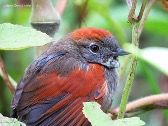
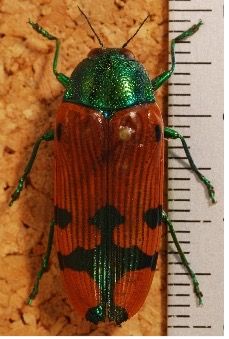

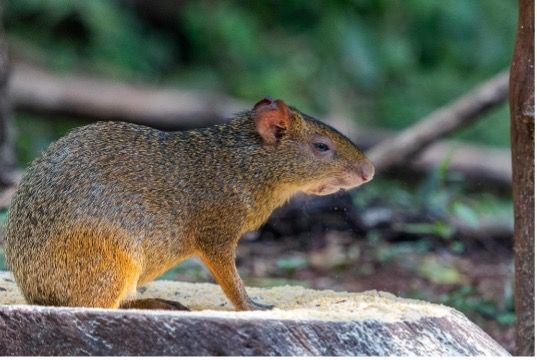
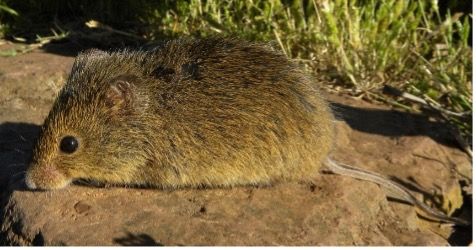
Azara’s spinetail
(Sinallaxys azarae)
Fisher jewel beetle
(Conognatha azarae fisheri)
Azara’s night monkey
(Aotus azarae)
Azara’s agouti
(Dasyprocta azarae)
Azara’s grass mouse
(Akodon azarae)
Find out which works Nicolás de Azara wrote related to his expeditions in South America, in which languages they were published and briefly describe their contents.
What do you know about other naturalists of the time, such as the Conde de Buffon or Carlos Linnaeus, what were their main achievements?
On his return from America, Félix de Azara went to Paris where his brother Nicolás was stationed as Spanish ambassador. This stay in the cultural capital of the time helped him to make his work as a naturalist known, to meet other scientists of the time and to be able to publish and disseminate his studies, both in Spanish and in French and English. It was these editions that Charles Darwin later consulted and used as his bedside books.
What problems did Darwin have in publishing his theories on evolution? Why, and does everyone agree that they are correct today?
Have you seen the film Master and Commander. On the other side of the world? It shows the rivalries between different countries for control of the American South in the 18th century and the importance of nature research at the time.
2003 American film directed by Peter Weir, starring Russell Crowe and Paul Bettany. Based on the novels by Patrick O’Brian.
Plot: During the Napoleonic Wars, the 28-gun British frigate HMS Surprise is ordered to follow the much larger, more recently built 44-gun French warship Acheron to the coast of Brazil. The French ship unexpectedly attacks the Surprise, causing considerable damage and casualties. Although his orders did not contemplate it, the English captain pursued the Acheron around Cape Horn and sailed to the Galapagos Islands. There, the two ships clashed again and the British achieved victory by using a trap, camouflaging their vessel as a whaling ship, to attack the French by surprise. This technique copied the mimicry observed by the British captain in the Galapagos Islands in some of the insects collected by his ship’s doctor, who was fond of botany.
Aragoneses ilustres, ilustrados e iluminados
Download from this link the PDF of the publication Aragoneses ilustres, ilustrados e iluminados, by Antón Castro and José Luis Cano, published by the Government of Aragón in 1993.

DIRECCIÓN GENERAL DE POLÍTICA LINGÜÍSTICA
Departamento de Educación, Cultura y Deporte
Parque Empresarial Dinamiza (Recinto Expo)
Avenida de Ranillas, 5D - 2ª planta
50018 Zaragoza
Tfno: 976 71 54 65
Colabora:


